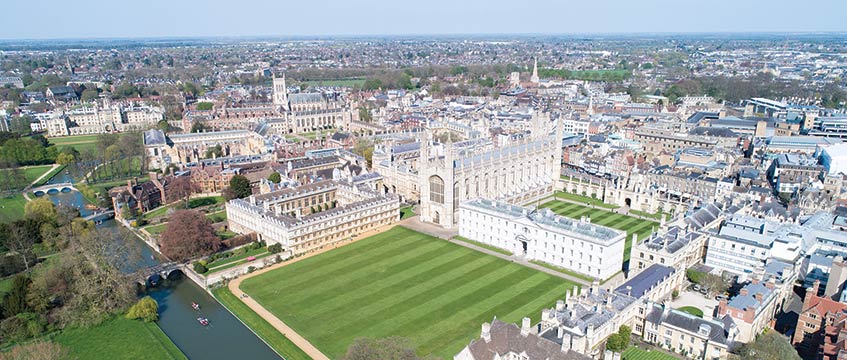A new spatial framework and as many as four new development corporations are to be established as part of government’s backing of the Oxford-Cambridge Arc.
Housing secretary Robert Jenrick said the Arc had the potential to be “a world-leading green growth corridor, with high-productivity jobs and environmentally-friendly developments”.
A new spatial framework for the Arc would, said Jenrick, give certainty to businesses and developers about where new housing and employment will be delivered until 2050 and would support planning for the right infrastructure to meet social, environmental and economic needs.
The four new development corporations being considered will be in and around Bedford, St Neots/Sandy, Cambourne and Cambridge. In Cambridge plans will also be explored for a new town to accelerate new housing and infrastructure development.
Patrick McMahon, senior partner at Bidwells, welcomed the announcement, for responding to the Radical Regeneration Manifesto the Cambridge-based adviser published with Perkins and Will and Blackstock Consulting last November. That manifesto called for the creation of an Olympics-style delivery body for the Oxford-Cambridge Arc to speed up the development of much-needed housing, workspace and infrastructure.
“If we want to see growth in the Oxford-Cambridge Arc treble in the next century, which would be the ambition for a US innovation district, we need sustainable but radical solutions. The Arc is about much more than just Oxford and Cambridge. Towns such as Bletchley, Bedford and Northampton have enormous potential, so the government needs to make sure they’re bringing these locations along on the journey. The way to do this is by creating the right delivery vehicles and increasing infrastructure investment so that investors have the confidence to invest locally,” said McMahon.
Steven Charlton, managing director at Perkins and Will, added: “We have to compete on a global canvas and decisions around where companies invest will take into account government commitments to transport, infrastructure and education. The prize for Britain is a post-Brexit boom centred on science, technology and life sciences that could mimic some of the superclusters we see across the US and China. But investors need greater planning certainty and we need to amplify our use of data to help inform decision-making.
“At the heart of innovation districts are anchor tenants – such as academics or major tech firms – but their success depends on great transport links and a focus on sustainable development. Take Silicon Valley, for example, where the Santa Clara Valley Transportation Authority runs bus and light rail services that reach every corner of the tech hub with standard one-way fares costing as little as $2. The Arc must strive to replicate such successes.”
To send feedback, e-mail samantha.mcclary@egi.co.uk or tweet @samanthamcclary or @estatesgazette











